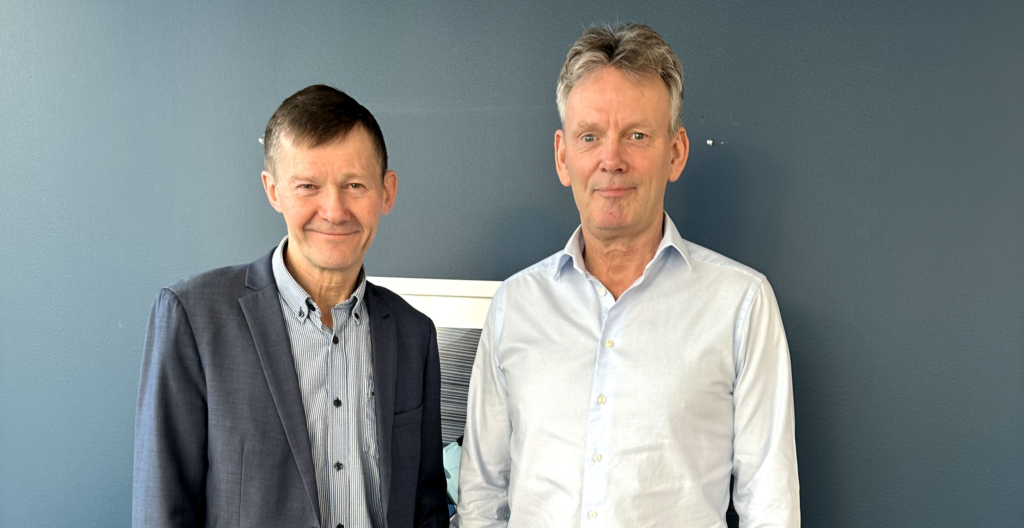Radio frequencies are shared resources, and that makes global cooperation necessary. Making order and predictability in frequency allocation is a time consuming and very complex task. To any outside person, calculating which satellites will transmit when and where and on which frequency, without interfering with each other, would seem like an infernal game of pick-up sticks. Thousands of satellites orbit the globe at any given moment, transmitting to their ground stations. How to secure free transmission, without interfering with signals from all the other satellites?
In 2015, Space Norway decided to launch two highly elliptical satellites for polar orbit. A launch like this demands a lot of planning, time, money, bureaucracy – and a lot of computer calculation capacity. A planned launch means you notify on behalf of a state, not a company, your predicted frequency requirement. This notification is delivered via the national communications authority to the International Telecommunications Union (ITU), a United Nations’ body for space frequency coordination. Space Norway’s strategy was to make as many and high quality simulations as possible, in advance of the notification. This is a complicated strategy since the notification must be delivered many years before the program knows exactly what its customers will need.
When satellites transmit on frequencies close to another, interference is very likely. New satellites must know that its transmissions down to its ground stations will not interfere with existing patterns of transmission. Two causes are the most likely to create noise; one is other satellites and the other is the weather, especially rain. Any satellite operator must reach an agreement with other operators that their satellites will not create interference for the other’s signals. This issue is solved in many long meetings where the newcomer brings along simulations showing predicted interference.
The regulations system used by the ITU to allocate frequencies were made a long time ago, and it is designed for geo stationary satellites. Since the system was introduced, a lot more traffic has been added, and the technology used is much more advanced. Geo stationary satellites do not move across the horizon, they move with the same speed as the earth’s rotation allowing them to transmit directly down to their ground stations all the time. Satellites in polar orbit will continuously move towards or away from their ground stations, resulting in more interference, and that is much more complicated to calculate. Coordinating the frequencies between polar and geo stationary orbits is very complex.
When Space Norway started working with the frequencies for its HEOSAT program, there were no models for calculating interference for non geo stationary satellites. All modelling and simulation tools had to be developed from scratch. These computations are so complicated that most computers would kneel: To estimate interference, one must calculate how the signals will hit approximately every second. For accurate statistical purposes, you need to calculate every second for two days. Two days have 172,800 seconds, resulting in several tens of billions of computations to make accurate simulations.
Once this job is done, you need to reach an agreement with the other satellite operators. Agreeing that the calculations made are correct, is the first hurdle, and agreeing that the statistics are correct is the second. Then the hard part starts. The next stage is agreeing on how much interference actually poses a problem and how much noise you can live with. This exercise is done with all nearby operators.
As if this was not complicated enough, some nations demand that you apply for market access on their territory. This brings a new set of regulations that must be adhered to, combined with more long-lasting discussions. Frequency coordination is a never-ending task. New operators with plans for new satellites bringing new notices to the table is the status quo.
The ITU is not an enforcing agency, meaning they have no authority to decide how two operators agree on frequencies. This means that as long as we all have a common interest, the pieces normally fall into place. Not surprisingly, not all operators always play by the same rules, making it a time consuming exercise to reach agreements.



